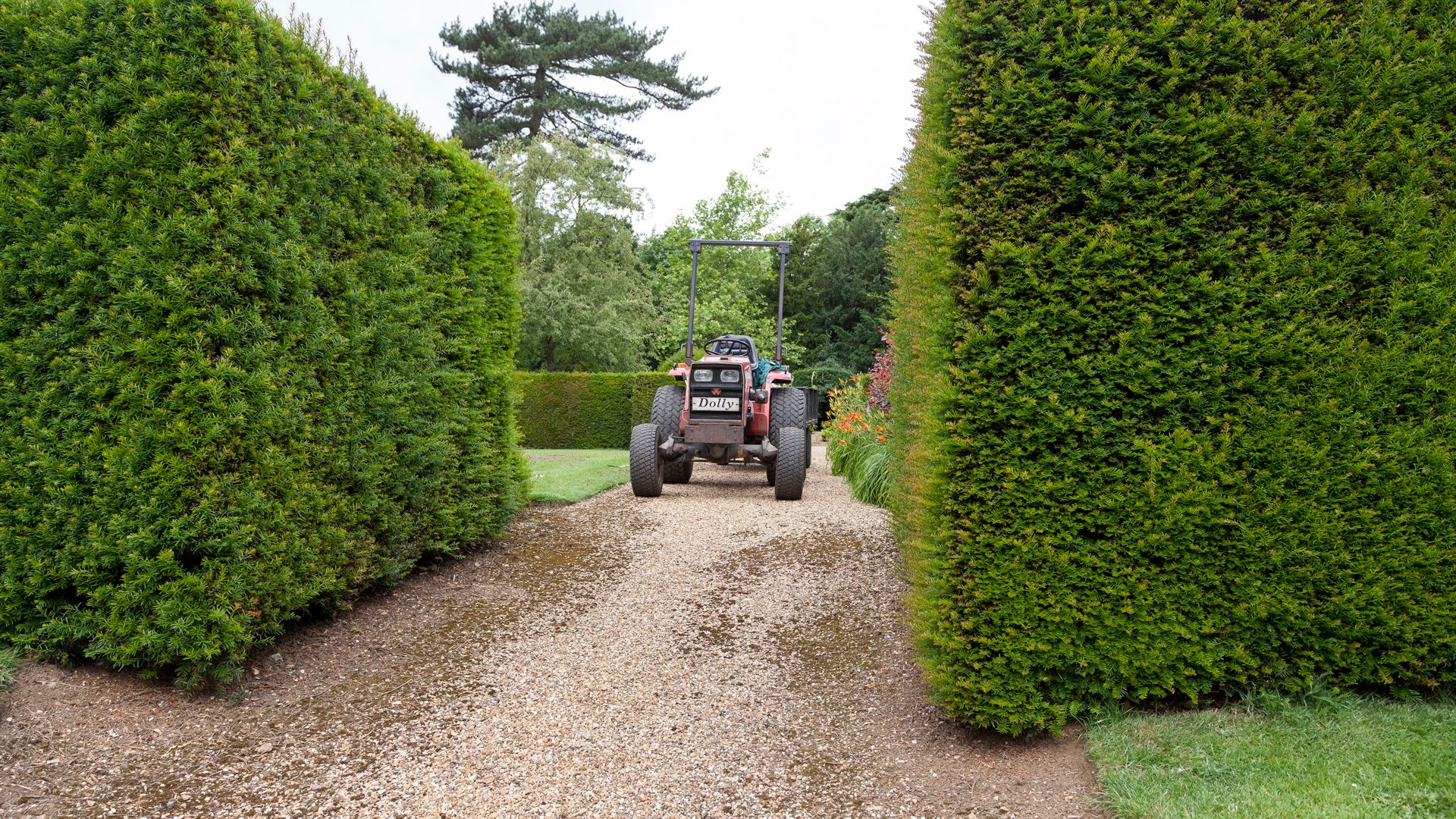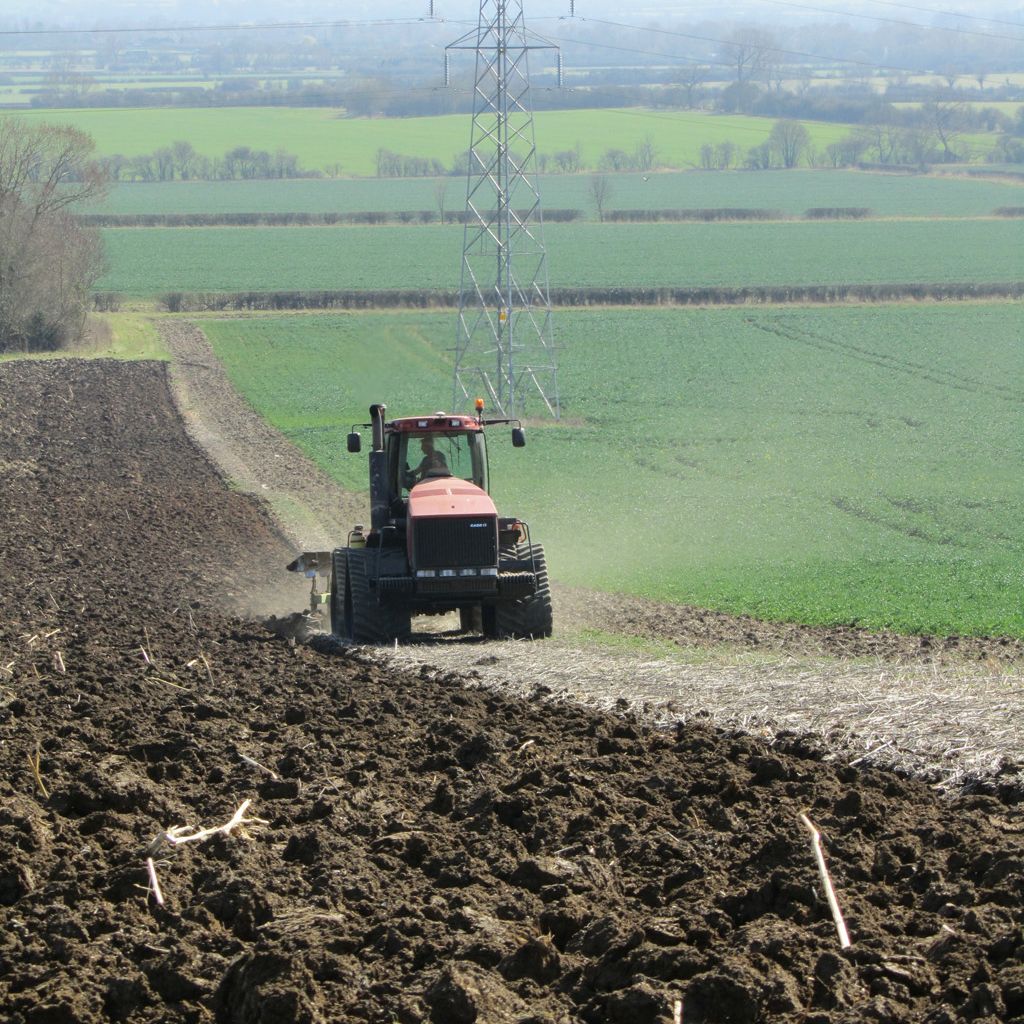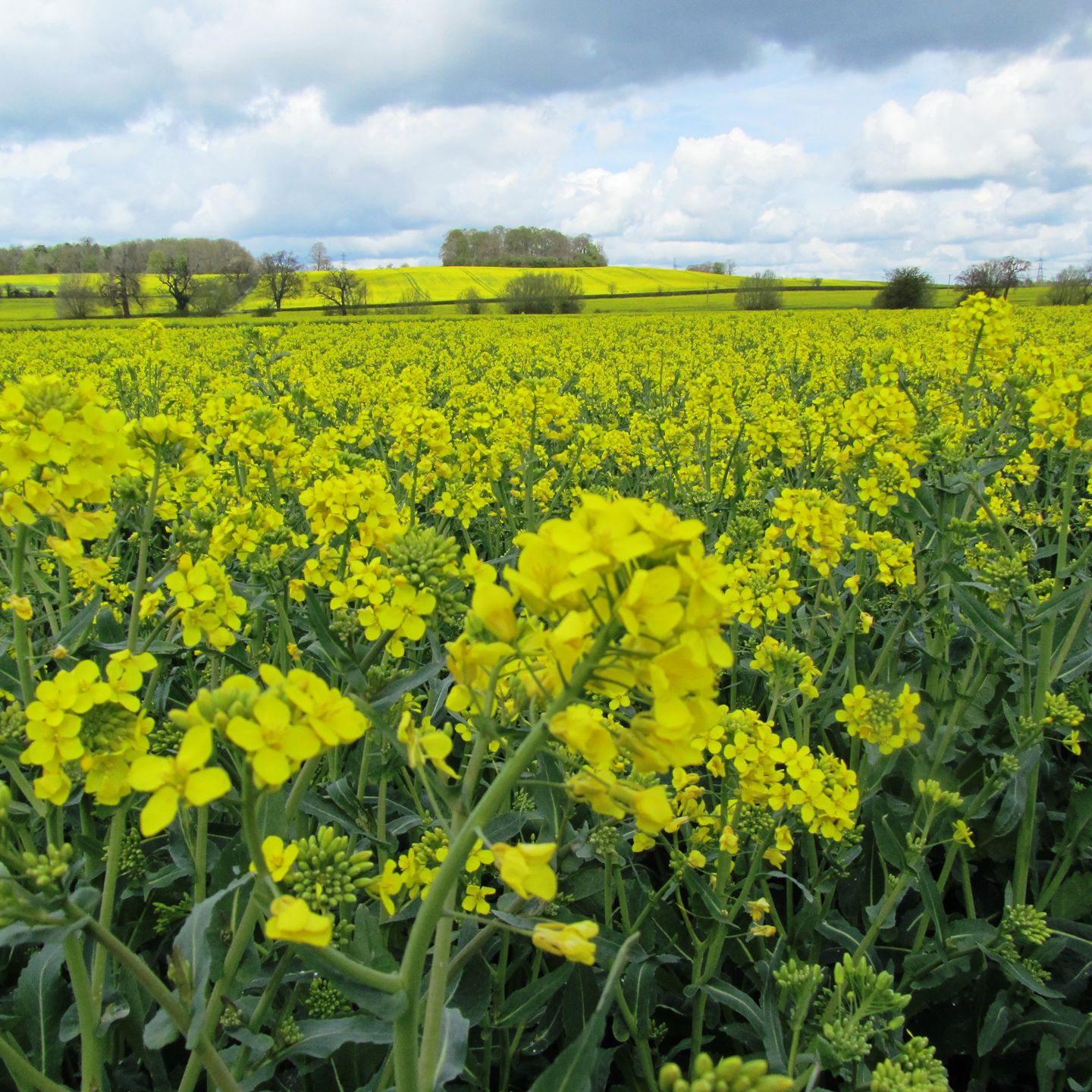Conservation at Ascott
Ascott Farm is committed to a sustainable and environmentally aware approach to farming. Some of the most advanced technologies in machinery are employed to reduce the consumption of fertilisers and lower our carbon footprint.
Our Commitment to Conservation
At Ascott Estate, we strive to farm our land sustainably and with a deep respect for the environment. We employ a range of technologies to help avoid waste, minimise fertiliser application overlaps and reduce fuel, collectively lowering the farm’s carbon emissions.
We also strive to conserve our land and increase biodiversity by carefully maintaining our woodlands and hedgerows. Over 200 acres of our farmland have been taken out of production to help protect and boost the farm’s native wildlife.
Our Technology
We employ some of the most advanced machine technologies to reduce the consumption of fertilisers and sprays. These are coupled with variable rate technologies to apply compound fertilisers across the farm where they are most needed. Sprays are applied using GPS mapping equipment. This software controls sections across the width of the boom, turns the sprayer on and off during headland turns to minimise overlaps and provides greater accuracy of application.
Automated steering systems are deployed in the tractors, steering within an accuracy of 10 centimetres. This reduces the number of overlaps with each pass of the machine, saving time and reducing labour requirements and fuel consumption.
We also employ a number of minimum tillage crop establishment techniques, helping to lower the carbon emissions of the farm.
Environmental Schemes
Ascott Farm is part of the Mid-Tier Countryside Stewardship Scheme. As part of this scheme, over 200 acres of arable land in environmentally sensitive areas have been taken out of production. The areas adjacent to hedgerows, ditches and watercourses have been put down to grass buffer strips. A number of field corners have also been sown with wildflower seed mixtures to increase biodiversity and enhance the natural flora and fauna across the farmland.




